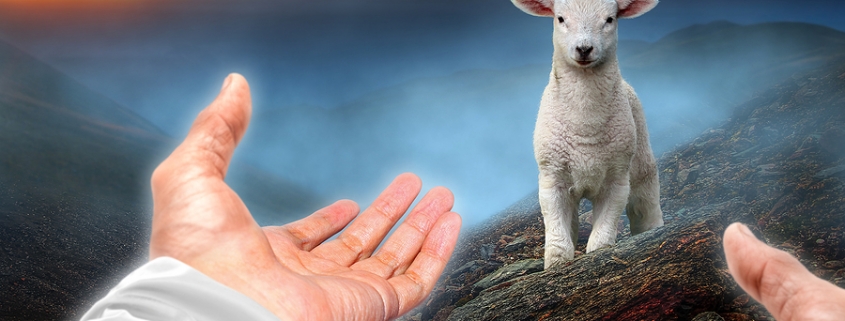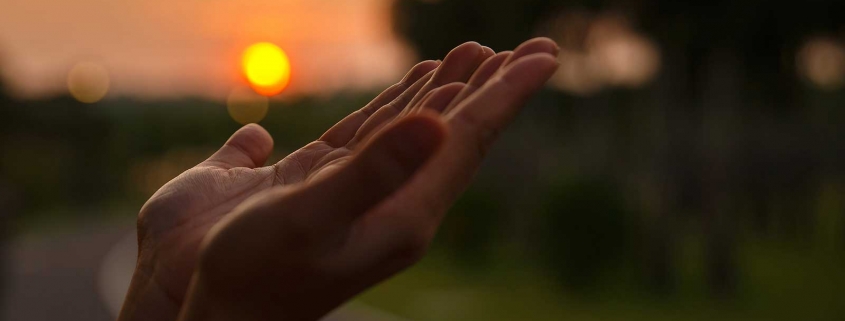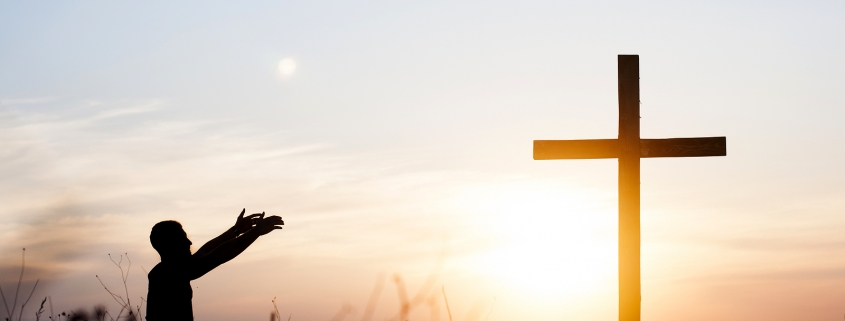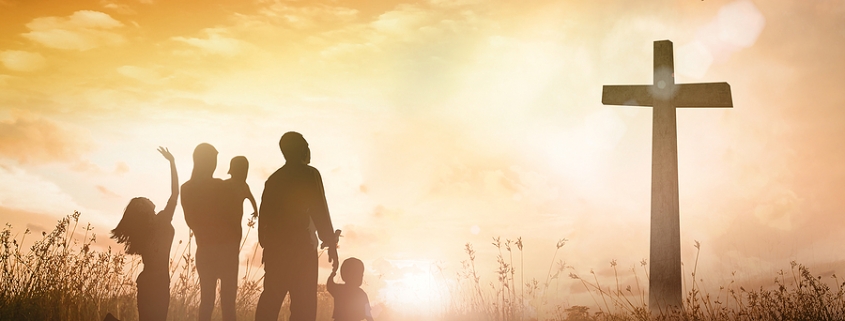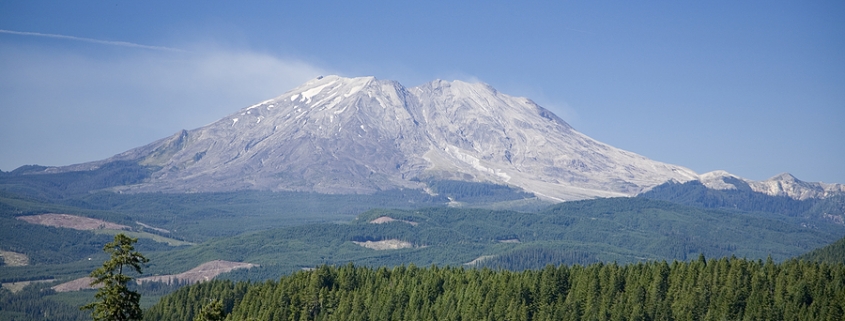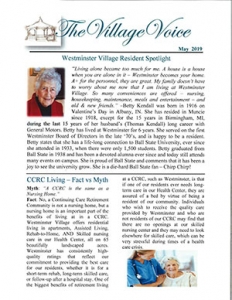Chaplain’s Corner: LXXIII
“Commitment”
Most gifted speakers make use of a handful of signature stories-anecdotes they can pull out at a moment’s notice to drive home special points.
John F. Kennedy used one of his favorite stories at Brooks Air Force Base in Austin, Texas. He was present to dedicate the new School of Aerospace Medicine. It was the heyday of America’s commitment to the space race, and the four new facilities at Brooks would provide critical support for the emerging astronaut program. “I have come to Texas today to salute an outstanding group of pioneers,” he announced.
Then he referenced the Irish writer Frank O’Connor, who recalled how he and his friends, as boys, would make their way across the countryside. When they came to a wall that was too high to climb or too imposing to permit their journey to continue, they would take their caps off and toss them over the wall.
This was an act of supreme commitment, since they knew their mothers would skin them alive if they lost their caps. They now had no choice but to scale the wall and retrieve them.
JFK declared: “My friends, this nation has tossed its cap over the wall of space, and we have no choice but to follow it. Whatever the difficulties, they must be overcome. Whatever the hazards, they must be guarded against. With the vital help of all who labor in this space endeavor, we will climb this wall with safety and speed and we shall then explore the wonders of the other side.”
The crowd of 9,000 gave him a standing ovation.
No one suspected that Kennedy’s dedication speech on that warm day Nov. 21, 1963, would be his last official act as President. He was assassinated the following day in Dallas.
What is commitment? It is continuing on a worthwhile path, long after the emotion that set us on that path has faded. Or as Jesus puts it in Luke 9:62, in a picture that everyone in the first century could understand: “No one who puts his hand to the plow and looks back is fit for the service in the kingdom of God.”
The word “courage” comes from the Latin word COR which means “heart.”
You’ve made a commitment to become God’s person. Or to dive into scripture as never before. Or to become a voice to speak the Good News. Or to work for reconciliation of people who are so angry that they haven’t spoken to each other for weeks or months.
Now…do you have the courage to go forward? Is your heart in it? Leave yourself no choice but to go forward.
Only God knows how many tomorrows we still have.
Throw your cap up over the wall.
Faithfully,
Ron Naylor, Chaplain



